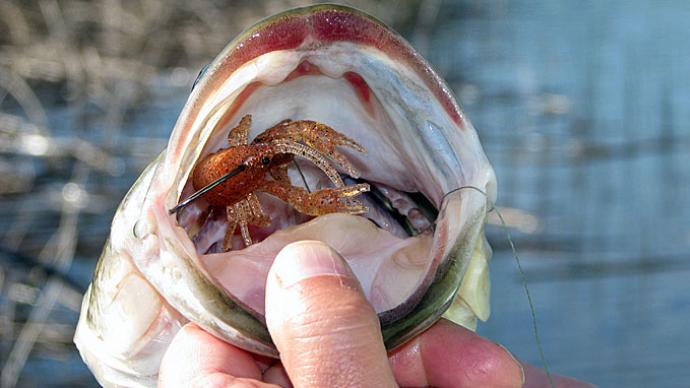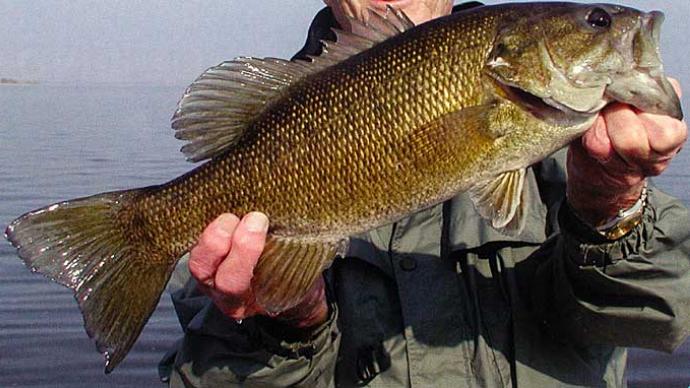
Fall fishing can be fabulous for any angler of any skill level, but versatile anglers generally catch more and bigger bass.
That’s because fall fishing can be tricky and the bass unpredictable. Mother Nature is making a lot of transitions at this time of year, and you’d better be prepared to change game plans from one day to the next.
Fall bass activity is triggered by cooler water and shorter days. The intense light begins to dissipate and that affects the plankton, which in turn affects the shad. Suddenly, you’ve got baitfish roaming around looking for food, and the bass are following the bait.
The summer heat lowers a lake’s oxygen content, reducing the comfort zone for most fish to the upper 10 feet. That pulls baitfish closer to the surface. The bass probably will avoid areas deeper than 10 feet or suspend in the upper 10 feet over deep water.
The easiest bass to catch are those that roam backwater areas and bust shad whenever the urge strikes – which is often. This is one time of year when an area doesn’t have to have structure to hold bass. All it needs is a school of shad. That’s why I look for fish-eating birds hovering over the backwaters or watch for the thrashing surface action of bass busting shad.
The best action tends to be in the backs of coves, cuts, long narrow creeks or in the river – wherever shad congregate and schooling bass feed. However, I have seen active bass in the backwaters during the morning, only to move toward deeper water during the afternoon. If action slows in shallow water, look for the nearest drop-off with some cover on it. The school may have moved there.
Because bass roam, you’ve got to move with them and experiment with techniques. I prefer to use fast-moving lures like spinnerbaits and crankbaits to locate schools of feeding bass. But once I find them, I usually have to switch lures repeatedly to continue catching them.
I’ve pulled into bays where bass were clobbering shad and would catch one on a crankbait immediately – then nothing. After 15 minutes of cranking, I’d switch to a tailspinner and catch another one on the first cast – and then nothing. Lures that resemble baitfish or make noise on top, such as spinnerbaits, crankbaits, lipless crankbaits, jerkbaits, topwaters and buzzbaits, will provide the best action. But don’t overlook soft baits like plastic worms and soft stickbaits for flushing fish out of cover. A jig can produce the day’s biggest bass, especially when bass are feeding around flooded bushes and underwater logs.
As aggressive as fall bass can be, they can get particular about which lures they’ll strike. I’ve had bass busting shad all around me and still could not get them to strike my lures.
I recall one day when I was surrounded by bass tearing up shad, but they wouldn’t hit my traditional favorites. I began digging through the tackle box, tying on stuff I rarely used, when I came across a 50-year-old plug that ran about 3 feet under the surface. On a lark, I tied it on and…bang! I began catching fish.
That’s why you should keep several lures ready when bass are on the fall feed. If you put together the right formula, you’ll be blessed with memories that will carry you through winter.
You can find more articles, quick tips and much more at HankParker.com.




